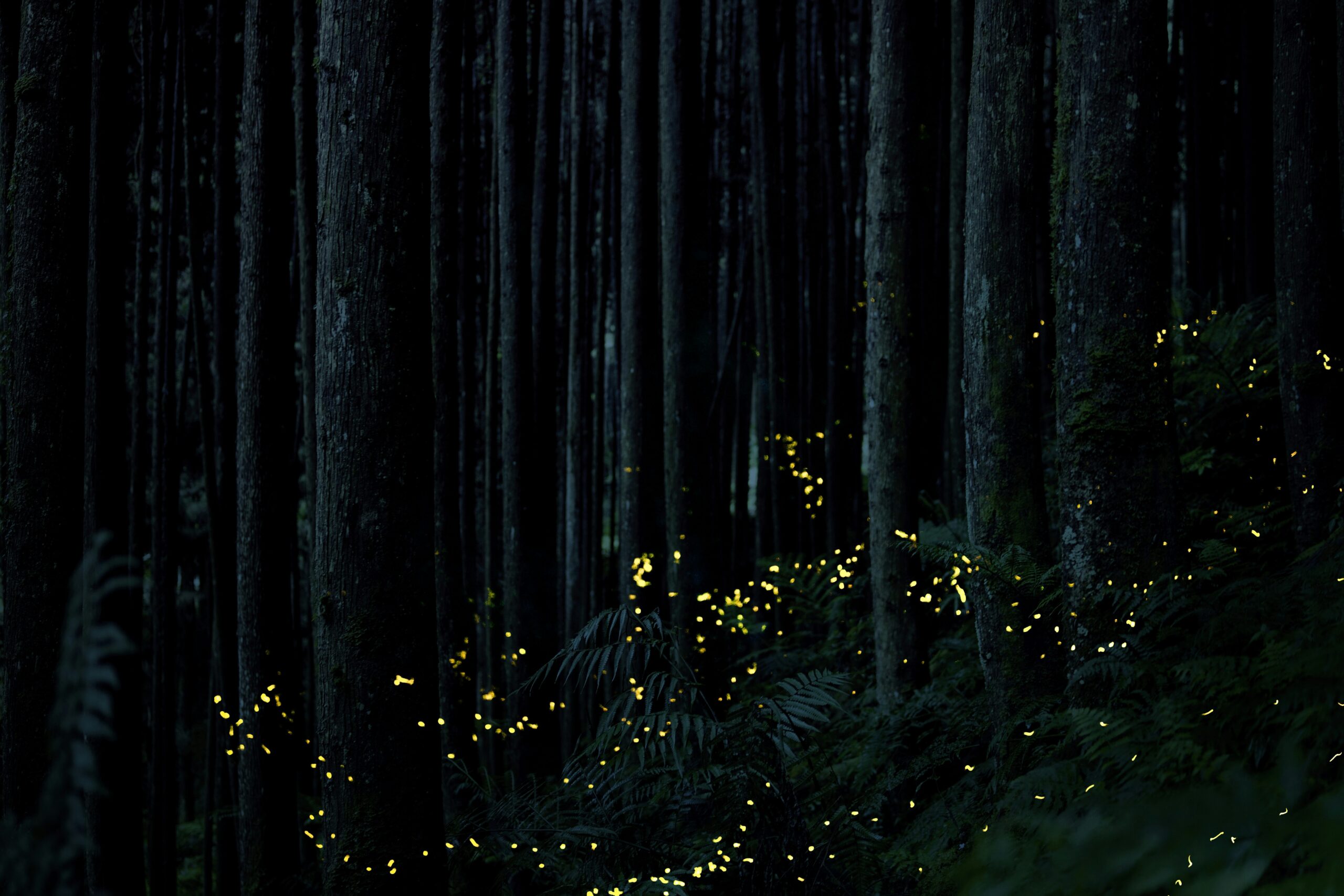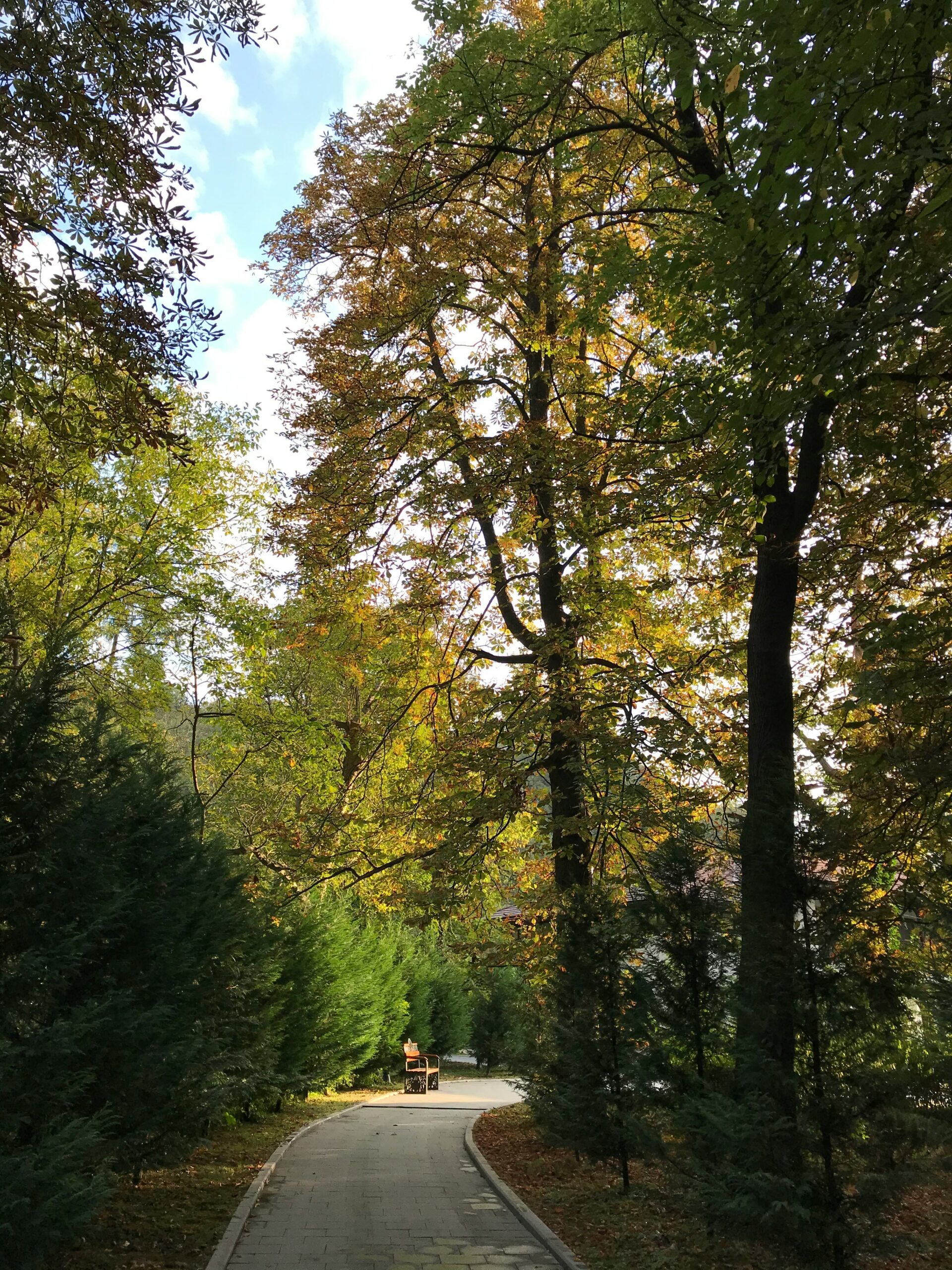Each year in the heart of Romania, a quiet yet beautiful tradition unfolds across the rolling hills and rugged mountains of Vâlcea County. It’s not a festival, nor a parade, but it captivates anyone lucky enough to witness it—the seasonal migration of sheep to and from the Carpathian highlands. Known locally as ‘transhumanță‘, this age-old pastoral rhythm isn’t just about herding livestock. It’s a living connection to history, culture, and nature that continues to thrive in a modern world.
For nature lovers and curious travellers alike, understanding the sheep’s journey in Vâlcea is a window into the harmony between people, animals, and landscapes. Let’s explore this fascinating movement and the stories it carries across the countryside.
What is ‘Transhumanță’? A Tradition Rooted in the Mountains
‘Transhumanță’ is the traditional movement of livestock—especially sheep—between highland and lowland pastures. In Vâlcea, this usually happens twice a year:
- In spring, shepherds guide their flocks up to the mountains for fresh summer grazing.
- In autumn, the sheep return down to the valleys to escape the harsh winter cold.
This migration isn’t random; it follows a generational knowledge of terrain, timing, and animal welfare. The Carpathian Mountains, which form a dramatic backdrop for this journey, offer rich, wild pastures that sheep love. It’s the perfect place for them to graze freely through the warm months.
Though the routes are ancient, the landscapes are ever-changing. Watching the flocks move along paths carved by centuries of tradition is like seeing a living thread connect the past to the present. And for the shepherds? It’s more than a job—it’s a way of life.
The Life of a Shepherd: More Than Just Herding

Behind every migrating flock is a dedicated shepherd (or two or three!). In Vâlcea, shepherding is still practiced in its traditional form. These are people who spend months in the mountains with their animals, relying on skills passed down through generations.
Shepherds use mioritic dogs and, large and loyal mountain breeds, to protect the flock from predators like wolves or bears. Their daily routine involves guiding, watching, milking, cheese-making, and maintaining constant awareness of the terrain and weather.
The Romanian Raven Shepherd Dog is a remarkable native breed, renowned for its role in protecting sheep in Romania’s mountainous regions. With its thick black coat, imposing presence, and unwavering loyalty, this powerful guardian is a trusted companion for shepherds across the Carpathians. Bred specifically for livestock protection, the Romanian Raven Shepherd Dog excels at defending flocks from predators like wolves and bears. Intelligent, calm, and fiercely territorial, it remains a vital part of traditional Romanian sheep farming and a proud symbol of the country’s rural heritage.
Bella & Maya
Romanian Raven Shepherd Dogs

In the summer months, shepherds live in simple wooden huts known as ‘stâne‘. Here, they produce fresh ‘telemea‘ (a soft brined cheese), ‘urdă‘, and ‘caș‘—traditional Romanian cheeses loved across the country. These products are often sold at local markets, bringing the taste of the highlands to villages and cities alike.
For nature lovers, meeting a shepherd and learning about this resilient lifestyle offers a profound appreciation for the bond between humans and the land.
Nature’s Role: Why the Mountains Matter
The movement of sheep isn’t just a charming rural tradition—it’s an essential ecological process that maintains biodiversity in both lowland and alpine meadows. Grazing helps keep the landscape open and balanced, preventing overgrowth and supporting rare plants and insects.
In spring, as the snow melts, the Subcarpathian meadows burst into colour. Flowers like gentians, wild orchids, and arnica flourish here, nourished by centuries of responsible grazing. Bird species such as the corncrake and woodlark thrive in these managed habitats.
In autumn, the descent creates a different kind of beauty. The trees blaze with colour, and the gentle sound of sheep bells echoes through forests painted in gold and crimson. It’s a sensory feast for hikers and photographers.
Interestingly, these pastoral movements also support regional biodiversity. Grazing helps maintain natural meadows and supports the life cycle of countless species. Learn more about the biodiversity in the Carpathians and how it’s closely linked with sustainable grazing.
If you time your visit just right, you can walk alongside the flocks during their journey. Watching the mountain trails come alive with motion, sound, and centuries-old purpose is an experience that feels almost sacred.
Experiencing the Migration: When and Where to Go
Curious to see it for yourself? The sheep migration in Vâlcea offers a unique chance to connect with Romanian rural culture, stunning natural beauty, and the slow rhythms of life that often go unnoticed.
Best Times to Visit:
- May to early June – for the spring ascent into the highlands.
- Late September to October – for the return to the lowlands.
Best Places to Observe:
- Horezu – Known for its pottery and sheep herding routes, it’s a great base for cultural and nature trips.
- Vaideeni – A shepherding village famous for its traditional festivals and deep pastoral roots.
- Buila-Vânturarița National Park – Offers trails where you might see flocks crossing through alpine meadows and rocky cliffs. Buila-Vânturarița Park is a protected area in the Vâlcea region. It offers stunning views, rare flora, and the chance to observe shepherds and flocks as they move through ancient trails.
Many eco-lodges and guesthouses in the area now offer experiences that allow you to walk with shepherds or simply enjoy homemade cheese while the flocks graze nearby. It’s an immersive way to appreciate life in sync with nature.
Final Thoughts: A Slow Journey Worth Following
In a world moving ever faster, the annual sheep migration in Vâlcea reminds us of the beauty in taking your time, following nature’s cycles, and preserving ancient traditions. It’s a gentle, woolly thread that ties people, animals, and land together in harmony.
For nature lovers, this is more than a spectacle—it’s a chance to witness a lifestyle that embraces simplicity, sustainability, and connection. So pack your boots, bring your camera, and follow the flock. The mountains are calling, and their story is waiting to be heard—one bleat at a time.




